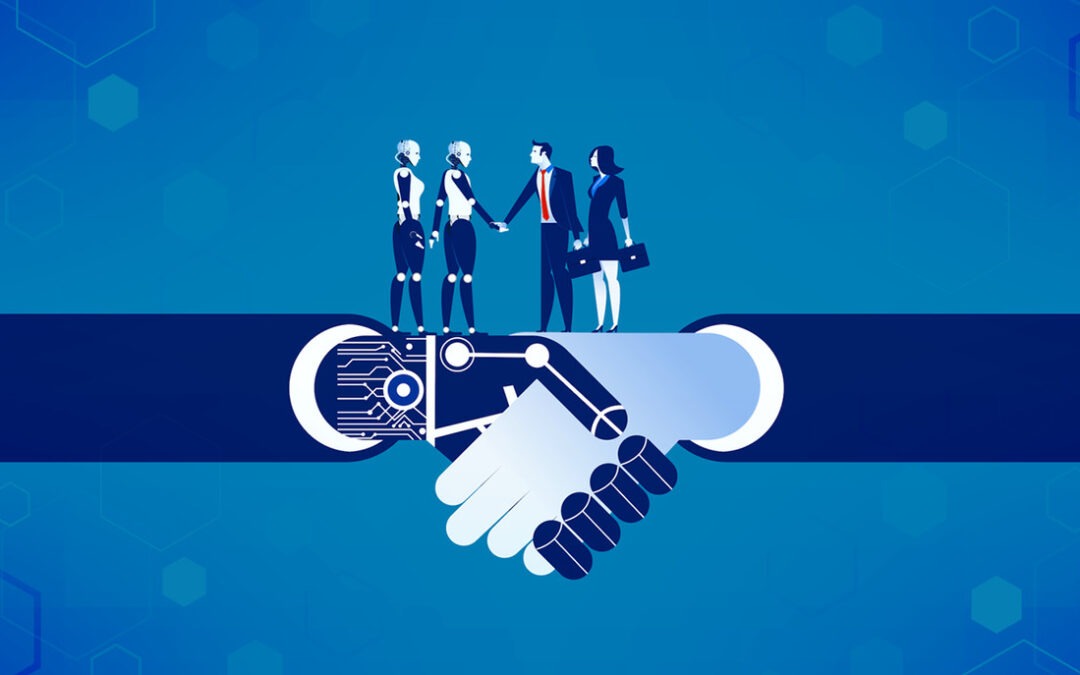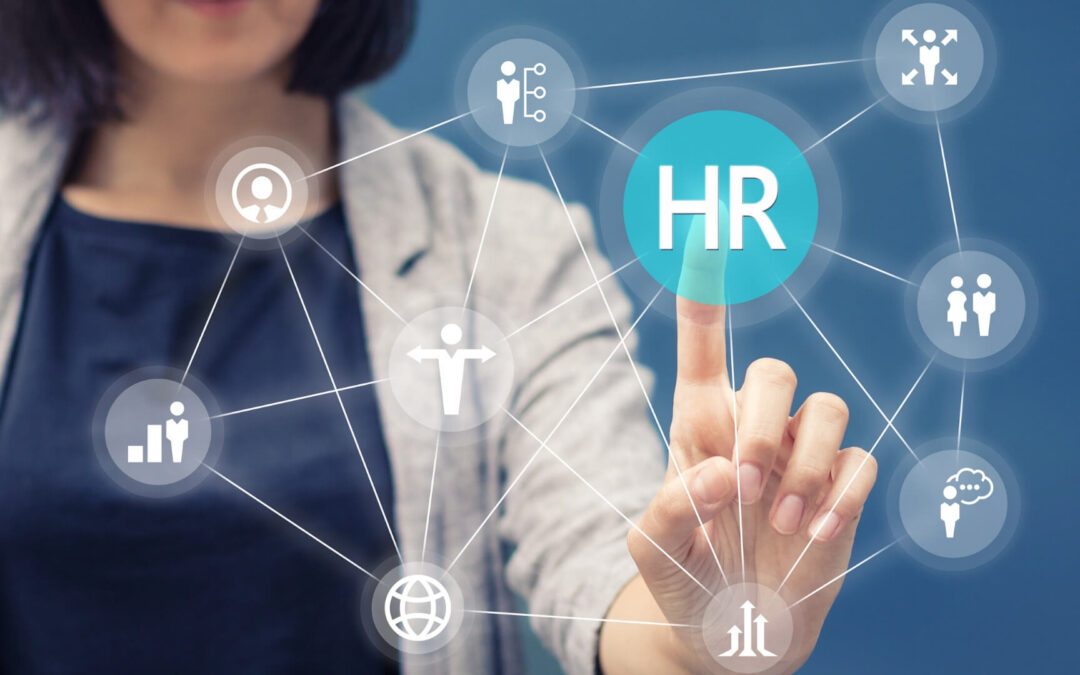
The Smart Move: Outsourcing AI Video Interviewing Tools for HR Success
The growing adoption of AI in recruitment is transforming how organizations find and hire talent. Among these advancements, AI-powered video interviewing tools have emerged as a cornerstone for improving efficiency, reducing bias, and enhancing the candidate experience. However, for HR consultancies and internal HR departments, a critical question arises: should they develop these capabilities in-house or outsource them to specialized providers?
While building AI-powered video interviewing capabilities internally might seem like a path to complete control, it comes with significant challenges. Outsourcing, on the other hand, provides a cost-effective, scalable, and efficient solution that aligns with the evolving needs of HR teams. Here’s why outsourcing this capability is the smarter choice.
1- The Challenges of Building AI Capabilities In-House
a. High Costs of Development: Building AI-powered video interviewing capabilities from scratch requires substantial financial investment. Developing an in-house platform involves hiring data scientists, machine learning engineers, and software developers. Additionally, purchasing hardware, developing algorithms, and maintaining cloud infrastructure further escalate costs. For most HR consultancies and departments, these expenses are not justifiable when affordable, ready-made solutions exist.
b. Expertise Gap: AI technology is complex, requiring technical expertise that most HR teams lack. Designing algorithms, training AI models, and ensuring fairness in evaluations demand specialized skills. Without these competencies, in-house projects risk falling short of expectations or producing biased and ineffective solutions.
c. Time and Resource Constraints: Developing in-house capabilities is not only expensive but also time-consuming. The process often takes months, if not years, diverting valuable resources from core HR functions. Teams tasked with building these tools may neglect their primary focus: delivering high-quality recruitment services and managing client relationships.
d. Ongoing Maintenance: AI technology is never “finished.” It requires constant monitoring, updates, and adjustments to stay relevant and compliant with evolving regulations. Organizations that build in-house solutions must commit to long-term maintenance, adding to the overall burden on their teams.
2- The Advantages of Outsourcing AI-Powered Video Interviewing Capabilities
a. Access to Proven Technology: Outsourcing allows HR consultancies and departments to access advanced, pre-built AI solutions designed and refined by experts. These tools have already undergone rigorous testing, ensuring they are reliable and effective. By partnering with experienced providers, organizations can immediately benefit from cutting-edge technology without the risks of in-house development.
b. Cost-Effectiveness: Outsourcing eliminates the need for upfront investment in development and infrastructure. Instead, organizations pay manageable subscription fees or usage-based costs, making it easier to budget for the service. This approach not only saves money but also provides a predictable financial model for utilizing AI capabilities.
c. Scalability: One of the standout benefits of outsourcing is scalability. Outsourced platforms can handle varying recruitment volumes, making them ideal for both small-scale hiring and large-scale campaigns. Whether an organization is managing routine recruitment or a high-volume hiring event, outsourced tools adjust effortlessly to meet demand.
d. Speed of Implementation: Building in-house solutions takes time, whereas outsourcing provides ready-to-use tools that can be implemented almost immediately. HR consultancies can integrate these platforms into their workflows without delays, ensuring they remain competitive and responsive to client needs.
e. Continuous Innovation: External providers continuously update their platforms to include the latest AI advancements and features. By outsourcing, organizations benefit from ongoing innovation without needing to invest in their own research and development. This ensures that HR teams stay ahead of industry trends and deliver the best possible service.
3- Addressing Common Concerns About Outsourcing
a. Data Security and Privacy: One of the primary concerns about outsourcing is the security of candidate data. However, reputable providers prioritize compliance with global data protection standards such as GDPR and implement advanced encryption protocols to safeguard information. Organizations can choose vendors with proven track records in data security, ensuring peace of mind for both the consultancy and its clients.
b. Loss of Control: Some HR consultancies worry that outsourcing means relinquishing control over their recruitment processes. In reality, outsourcing allows organizations to tailor AI tools to their specific needs while leveraging the expertise of external providers. This collaboration ensures that the technology aligns with organizational goals without overburdening internal teams.
c. Integration with Existing Systems: A common misconception is that outsourced platforms cannot integrate seamlessly with existing HR systems. In fact, most modern AI-powered tools are designed to work alongside Applicant Tracking Systems (ATS) and other recruitment platforms. This compatibility ensures smooth implementation and a cohesive workflow.
4- Practical Applications and Real-World Benefits of Outsourcing
a. Focus on Core Competencies: By outsourcing AI-powered video interviewing capabilities, HR consultancies and departments can focus on what they do best: building relationships with clients and delivering exceptional recruitment services. Outsourcing shifts the technical burden to the provider, allowing HR teams to prioritize strategic objectives.
b. Improved Candidate Experience: Outsourced AI tools are designed with user experience in mind, ensuring that candidates enjoy a smooth and transparent recruitment journey. Features like one-way video interviews and automated updates make the process more convenient, improving the perception of both the consultancy and its clients.
c. Competitive Edge: Organizations that outsource AI capabilities demonstrate a commitment to innovation and efficiency, setting themselves apart from competitors. Clients increasingly expect HR consultancies to use advanced tools that deliver fast and reliable results, and outsourcing ensures they can meet these expectations without delay.
5- When Outsourcing Makes the Most Sense
a. Small to Mid-Sized Consultancies: Smaller organizations often lack the resources to build in-house capabilities. For these consultancies, outsourcing provides an affordable way to access advanced AI tools and compete with larger players in the market.
b. High-Volume Recruitment Scenarios: Outsourcing is particularly beneficial for managing large-scale hiring campaigns or seasonal recruitment spikes. Providers can scale their services to handle high volumes without compromising quality or speed.
c. Diverse Client Needs: HR consultancies serving clients across various industries require flexible solutions. Outsourced platforms are often customizable, allowing consultancies to tailor their services to different recruitment challenges and client expectations.
6- The Future of Outsourcing AI Capabilities
The outsourcing of AI-powered video interviewing tools is not just a trend; it is a strategic shift that will shape the future of HR consultancies and departments. As AI technology evolves, outsourced platforms will become even more sophisticated, offering predictive analytics, deeper candidate insights, and enhanced user experiences.
Organizations that embrace outsourcing will be better positioned to adapt to industry changes, expand their services, and deliver greater value to their clients. This approach ensures that HR teams remain agile and competitive in a rapidly evolving market.
Conclusion
Outsourcing AI-powered video interviewing capabilities is a smarter, more practical choice for HR consultancies and internal HR departments. By avoiding the costs, complexities, and resource demands of building in-house solutions, organizations can focus on their core strengths while leveraging advanced technology to enhance their services. Outsourcing provides access to proven tools, ensures scalability, and delivers continuous innovation, making it the ideal strategy for those seeking to stay ahead in the recruitment industry.
If your organization is ready to enhance its recruitment capabilities without the challenges of in-house development, consider exploring outsourced AI-powered video interviewing solutions. It is the efficient, cost-effective, and forward-thinking way to future-proof your recruitment strategies.





